Advanced Search
The Arena reached its peak in the post-war years with the emergence of professional basketball.
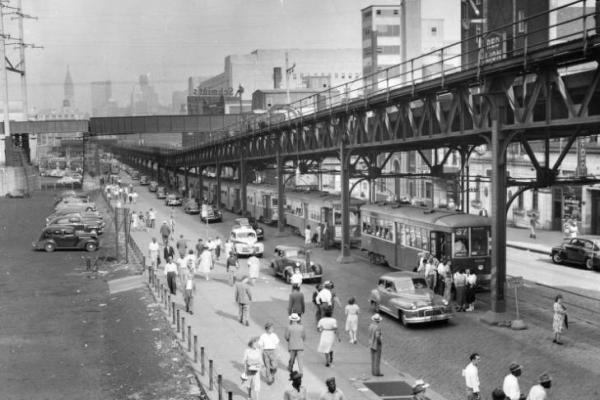
Between 1947 and 1955, the Philadelphia Transit Company completed a subway tunnel for the Market Street Elevated west of the Schuylkill and took down the El between 32nd and 45th streets.
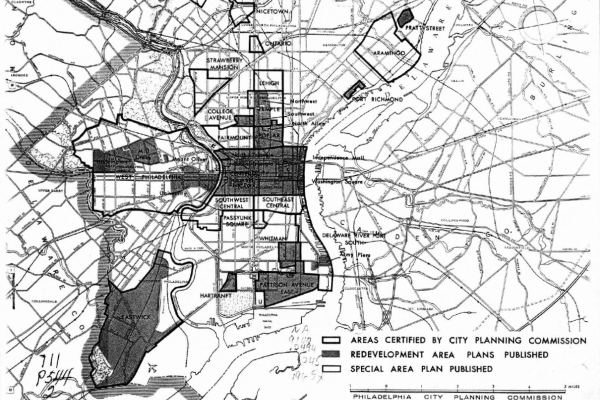
Following World War II, urban renewal provided the resources for city officials and developers to create dramatic changes to the physical and social landscape of West Philadelphia.
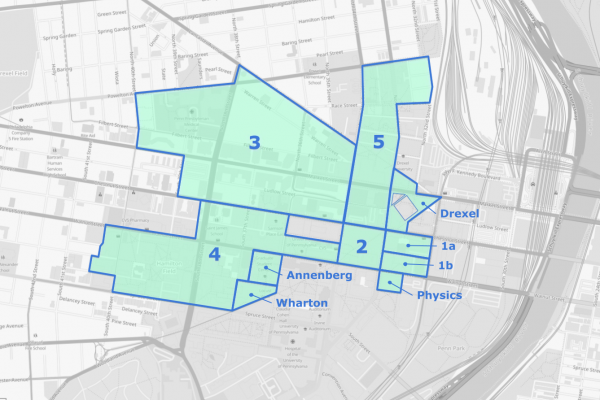
As part of a wave of postwar urban renewal, the City of Philadelphia designated an 80-block area in eastern West Philadelphia for development by the University of Pennsylvania and the Drexel Institute (Drexel University).
Drexel’s campus expansion, funded by federal and city urban renewal dollars in the decades following World War II, brought the University into conflict, first with Penn and then with Drexel’s neighbors in Powelton Village.
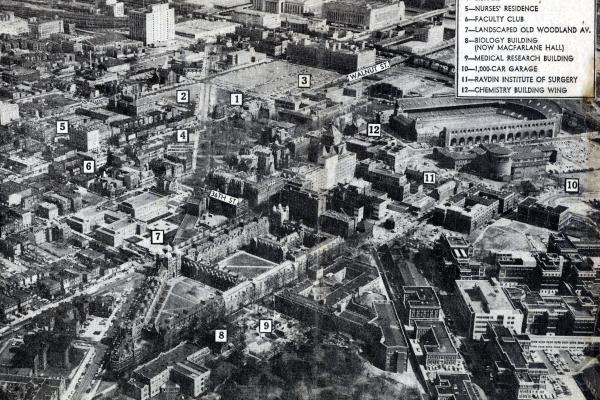
In the 1960s, the University expanded west and north in Redevelopment Authority Unit 4, drawing upon both federal and state urban renewal building funds.
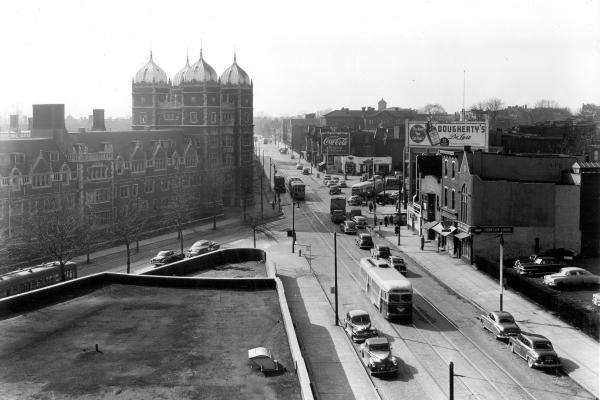
In the 1950s, the City facilitated Penn’s plans to create its modern pedestrian campus by putting the Penn trolleys underground and deeding the footprint of Woodland Avenue to the University.
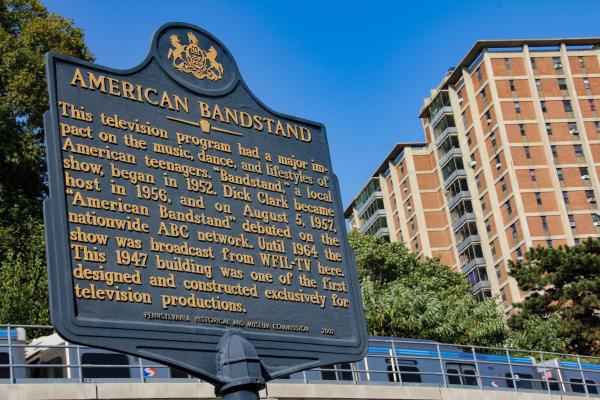
Dick Clark’s iconic American Bandstand, a popular TV program targeted toward teenage consumers, marked Philadelphia as the national epicenter of pop music during its seven-year run at ABC’s affiliated station WFIL-TV at 4548 Market St. Clark showcased black R&B and rock ‘n’ roll performers even as he and his producers segregated the studio’s dancefloor and the show’s white teenage dancers adapted black dances for white audiences.

Dick Clark’s American Bandstand, a popular though controversial TV program targeted toward teenage consumers, marked Philadelphia as the national epicenter of pop music during its seven-year run at ABC’s affiliated WFIL-TV at 4548 Market St.
The Drexel Institute of Technology’s successful efforts to receive half of University Redevelopment Area Unit 1—originally designated exclusively for the University of Pennsylvania’s campus expansion—asserted the Institute’s importance as a rising educational institution in West Philadelphia.
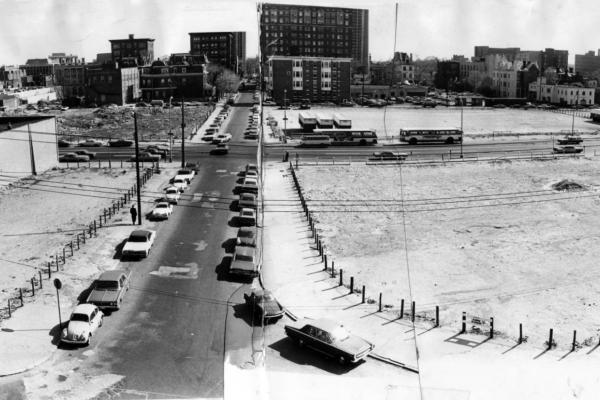
University Redevelopment Area Unit 3 came to represent the divide between university and community after residents were displaced as part of the creation of the University City Science Center.
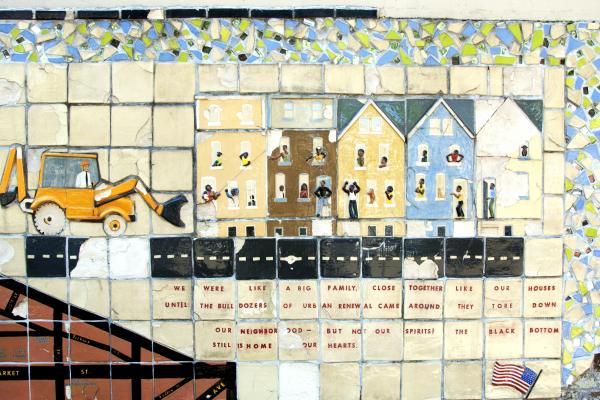
The University of Pennsylvania’s role in the creation of the University City Science Center in RDA Unit 3, a working-poor, majority-African American neighborhood known locally as the “Black Bottom,” severely damaged its community relations for decades to come.